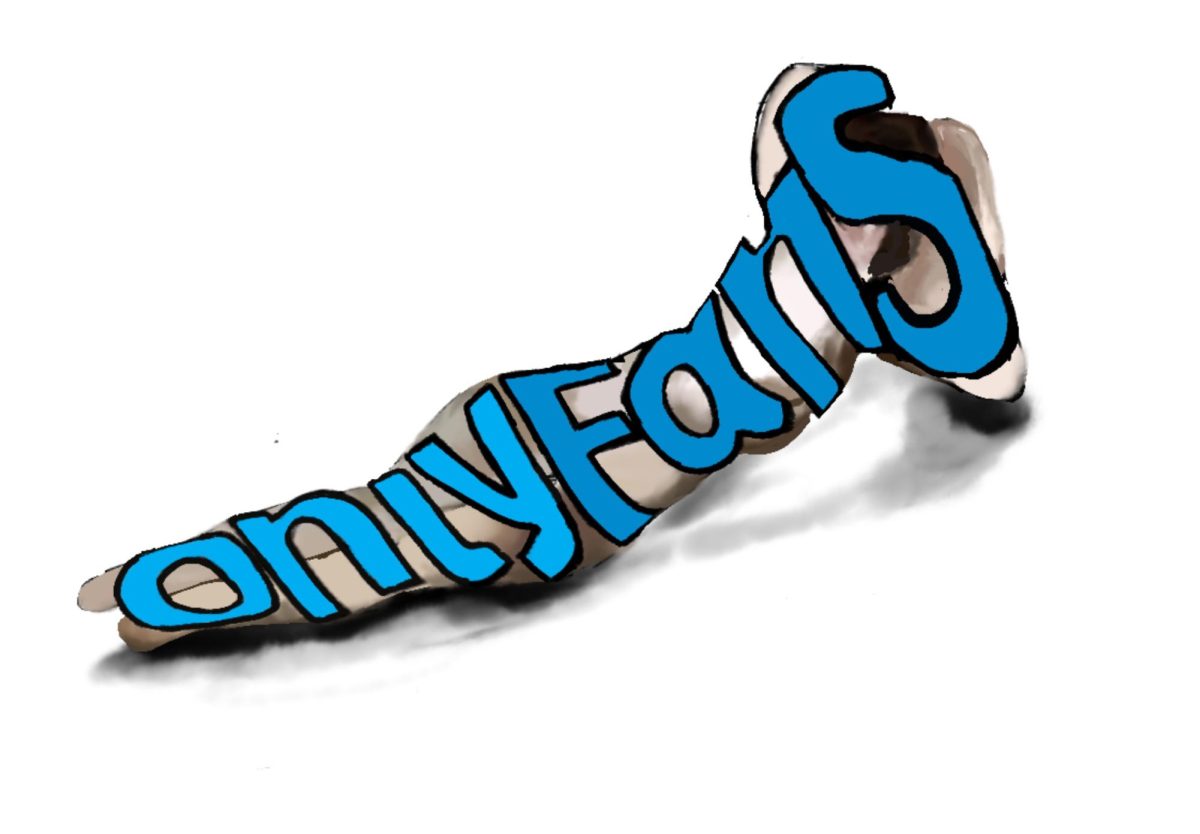Did you know that NASA worked on a project called ‘Listen to the Universe’?
‘Listen to the Universe’ is a way to allow blind people to visualize pictures of space using different sound tracks. This uses a technology called Sonification.
What is sonification?
Sonification is a process in which scientists use data from JWST (James Webb Space Telescope) and Hubble and translate the images captured into sound. They do this by identifying and breaking down the different colours, the different elements and sometimes the different light frequencies to match with a specific sound. For example, a bright white light would be a high pitched sound. They sometimes also adjust the sounds based on the ‘mood’ of the picture. For example, NASA made a soundtrack for the ‘Carina Nebula’ and translated it to “windy, drown-like sounds” because the dust and gas have a blue hue with some hazy grey.
Sonification is not only used to allow blind or visually impaired people to experience different sights in space; it also helps scientists analyse complex data. Transforming visual data into sound helps scientists identify various trends and patterns, which might have been difficult to see using only visual data. Some changes can take place over years, meaning that listening to them might make them easier to spot! Furthermore, science has shown that using two senses to study or analyse something often proves more successful than using only one type of data, as it triggers a sensory response that links both types of data together.
Scientists don’t only use this technology for space pictures. Different earth sciences have been using sonification since its development in the late 1980s. It has since been used to analyze data, for example, to help monitor different systems and identify different anomalies or malfunctions.
Sonification has the potential to revolutionize the space industry as we know it, allowing people who are blind to work on projects that have not been available to them before and making the industry much more diverse and inclusive. The inclusion of people who have not been able to explore these topics before also guarantees new perspectives, meaning that this inclusion might lead to discoveries and theories.
Sonification allowed scientists to explore and generate their sound from data to help express their data in a new way. Although it is more known to be used for astronomy, it is used in multiple fields of science, such as neuroscience, and geophysics it is also prospective to biological as well as biotechnological sciences. Biologists used sonification on DNA datasets and protein datasets to have a clearer way to communicate. This also helps them with their analysis.
In conclusion, sonification is a form of technology that could help both the general public and scientists experience space in a way that has never been seen before, allowing blind people to experience the amazing universe around us. It also opens up opportunities and a new way of problem-solving in other scientific fields.





